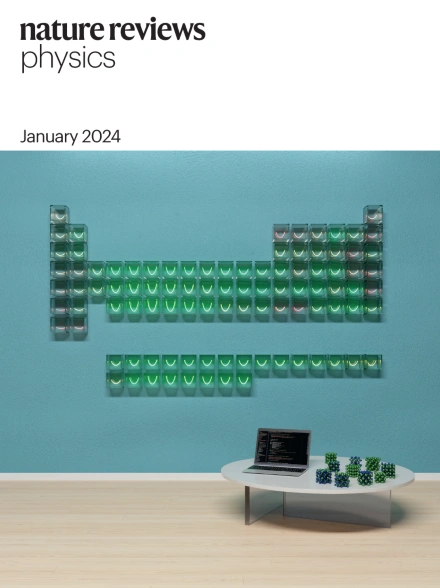百亿亿次核聚变模拟中的挑战与机遇
IF 39.5
1区 物理与天体物理
Q1 PHYSICS, APPLIED
引用次数: 0
摘要
核聚变装置的物理和工程过程涉及多个时间尺度和空间尺度,这对核聚变研究的计算要求具有挑战性。由于这些过程的内在和复杂的相互联系,聚变模拟的复杂多物理场和多尺度性质需要尖端超级计算机的能力。超级计算的进步使我们能够向更大规模、更高保真度的全聚变反应堆数字模型迈进,这些模型不仅可以捕获等离子体核心和边缘物理,还可以捕获与材料和工程方面的相互作用,例如聚变反应堆壁和冷却系统。本展望讨论了融合码在向新兴的百亿亿级系统及以后的系统过渡中面临的主要机遇,以及仍需克服的挑战。这个观点提供了一个简短的,固执己见的回顾过去,现在和未来的融合之间的超级计算和聚变模拟。我们讨论了已经取得的进展、已经克服的挑战以及在我们进入后百亿亿次时代时仍然存在的挑战。本文章由计算机程序翻译,如有差异,请以英文原文为准。

Challenges and opportunities in exascale fusion simulations
The challenging computational requirements of nuclear fusion research arise from the multiple timescales and space scales involved in the physics and engineering processes of a fusion device. Owing to the intrinsic and complex interconnections of these processes, the complex multiphysics and multiscale nature of fusion simulations require the capabilities of cutting-edge supercomputers. Advances in supercomputing enable a move towards larger-scale, higher-fidelity full fusion reactor digital models that capture not only the plasma core and edge physics but also interactions with materials and engineering aspects, such as fusion reactor walls and cooling systems. This Perspective discusses the main opportunities that fusion codes face in the transition to the emerging exascale systems and beyond, and the challenges that remain to be overcome. This Perspective provides a brief, opinionated review of the past, present and future of the convergence between supercomputing and fusion simulations. We discuss the progress that has been made, the challenges that have been overcome and those that remain as we move into the post-exascale era.
求助全文
通过发布文献求助,成功后即可免费获取论文全文。
去求助
来源期刊

Nature Reviews Physics
Multiple-
CiteScore
47.80
自引率
0.50%
发文量
122
期刊介绍:
Nature Reviews Physics is an online-only reviews journal, part of the Nature Reviews portfolio of journals. It publishes high-quality technical reference, review, and commentary articles in all areas of fundamental and applied physics. The journal offers a range of content types, including Reviews, Perspectives, Roadmaps, Technical Reviews, Expert Recommendations, Comments, Editorials, Research Highlights, Features, and News & Views, which cover significant advances in the field and topical issues. Nature Reviews Physics is published monthly from January 2019 and does not have external, academic editors. Instead, all editorial decisions are made by a dedicated team of full-time professional editors.
 求助内容:
求助内容: 应助结果提醒方式:
应助结果提醒方式:


